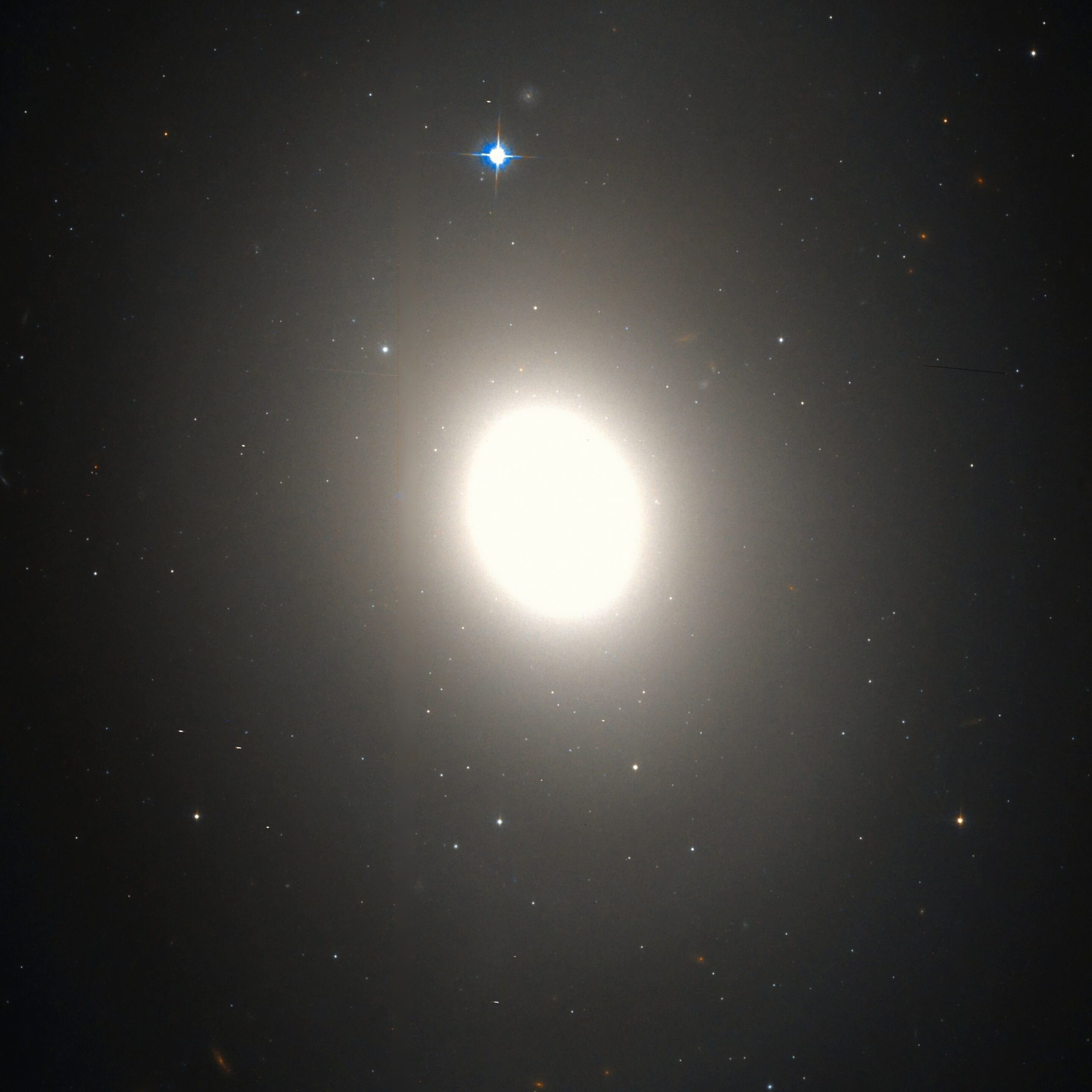Located about 60 million light-years from Earth, the galaxy Messier 85 (or M85, also
However, due to the nature of the merge remnants, manythe properties of M85 are still uncertain. For example, the morphological type of the galaxy. To better understand M85, many studies have been done on its central region. But only a few have explored its outskirts.
A group of astronomers led by Yokyon Ko fromThe Korean Institute of Astronomy and Space Sciences in Daejeon, South Korea, studied the halo in the galaxy M85. They used the Arizona MMT Observatory to conduct a broadband spectroscopic survey of the globular cluster (GC). The goal is to study the physical properties of these clusters on the outskirts of M85.
 Messier 85 from the Hubble Space Telescope. Credit: NASA / STScI / WikiSky.
Messier 85 from the Hubble Space Telescope. Credit: NASA / STScI / WikiSky.
Researchers have identified 89 ballclusters based on radial velocity measurements. They later divided them into three color groups: blue (BGC), green (GGC), and red (RGC). Although the age of all subpopulations is about 10 billion years, it turned out that they demonstrate noticeable differences in their spatial distribution, kinematics, and average metallicity.
Astronomers concluded that the differences inkinematics of the three groups of globular clusters appeared due to different formation and development. For example, the BGC (blue globular cluster) in M85 has kinematic properties and metallicities similar to those of other early massive galaxies. However, scientists note that the other two groups of globular clusters have special kinematics that cannot be explained by typical GC formation scenarios.
The researchers added that further research on kinematics and spatial distribution is needed to better understand the origins of GGC and RGC in M85.
Read also
Research: Earth's ecology has changed dramatically over the past 70 years
Scientists have changed the structure of the solar battery and increased its efficiency by 125%
On day 3 of illness, most COVID-19 patients lose their sense of smell and often suffer from a runny nose